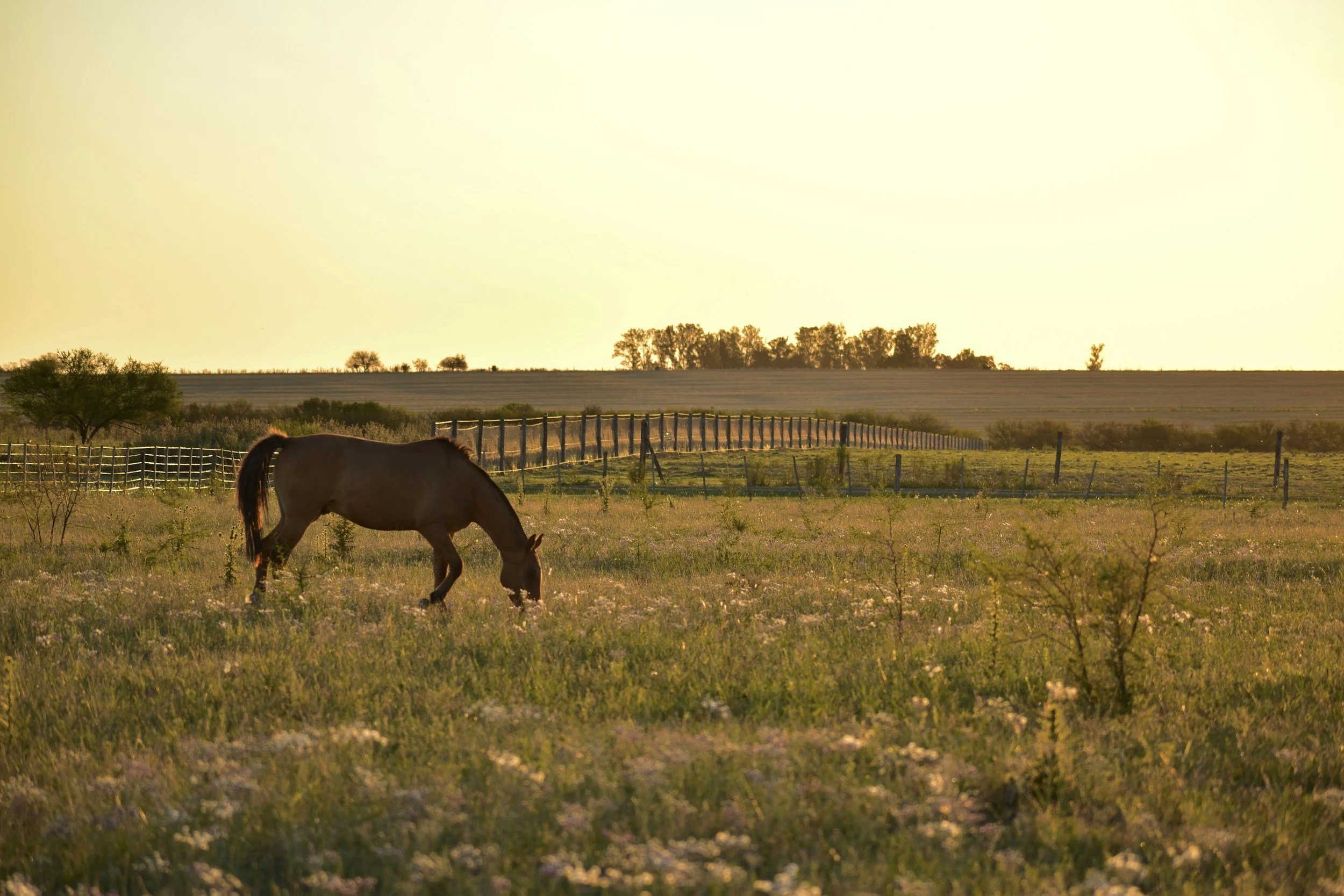The following post was written by staff member Tanner James.
For many, there is something inherently unsettling about the notion of horse-slaughter. Anti-slaughter organizations have established a relatively strong presence on the internet, soliciting public activism in an effort to eradicate all vestiges of the largely-illegal industry. See Stop Horse Slaughter Home Page, http://www.stophorseslaughter.com (last visited Nov. 16, 2009); Just Say Whoa!, http://www.justsaywhoa.org (last visited Nov. 16, 2009). In fact, this sentiment has reached all the way to Capitol Hill—especially through the efforts of Michigan Representative John Conyers, Jr.
On January 14, 2009, Rep. Conyers introduced H.R. 503, to be known as the Prevention of Equine Cruelty Act of 2009, a bill identical to his Prevention of Equine Cruelty Act of 2008. Prevention of Equine Cruelty Act, H.R. 503, 111th Cong. (2009); Prevention of Equine Cruelty Act, H.R. 6598, 110th Cong. (2008). This proposed bill would amend Chapter 3 of Title 18 of the U.S. Code, adding language that would criminalize the practice of knowingly "possess[ing], [shipping], transport[ing], purchas[ing], sell[ing], deliver[ing], or receiv[ing], in or affecting interstate commerce or foreign commerce, any horse [or horse carcass] with the intent that it is to be slaughtered [or used] for human consumption." Id. Engaging in this prohibited conduct could carry a three-year prison sentence. Id.
Surely, such a statute would require a relatively solid foundation—some well-established, persuasive reason—for potentially imprisoning a future violator. And yet, if such reasoning exists, it has not been well-represented by Mr. Conyers. In his House Report, submitted during the second session of the 110th Congress, the section entitled "Background and Need for the Legislation" seems to be little more than an emotional appeal to animal-lovers and owners. H.R. Rep. No. 110-901, at 2 (2008).
The report begins with a brief recap of relevant state case law and moves on to define the term "horse slaughter," followed by an acknowledgment that the practice of horse slaughter has not been eradicated, but merely modified into an industry of international transport. Id. at 2-5.Ultimately, when the time arrives for justifying the bill, Conyers relies upon three distinct-yet-similar reasons:
(1) Sellers who auction their horses may be devastated to learn that the buyer was in the business of slaughtering;
(2) The transportation is inhumane; and
(3) The methods of slaughter are inhumane.
See id.
Each of these "reasons" appears to be little more than an appeal to sympathy. As additional evidence of that point, one entire paragraph of the report is devoted to describing a particular slaughter method that is common in Mexico. Id.The reader is given a brief introduction to the method, followed by an illustration of a worst-case scenario wherein a horse was forced to endure "13 stabs in the [...] back before [it] collapsed." Id.Certainly, images such as this are not pleasant, but the question remains: Are these reasons sufficient to justify a federal statute? Furthermore, are these "inhumane" conditions notably worse than those afforded other animals? The report offers no enlightenment.
The slaughter of livestock is nothing new. The methods of slaughter, when exposed to the public, are always sources of disgust. And yet, for some unspoken reason(s), Rep. Conyers suggests that horses are distinguishable from other livestock—that horses should be treated with more respect. But, the House Report doesn't elaborate; it doesn't offer rationally satisfactory arguments. It simply draws a conclusion, tugs on the collective heartstrings of the constituency, and waits for the bill to be passed (which has yet to occur). Perhaps, if there was a bit more reasoned persuasion, the Prevention of Equine Cruelty Act could find its way in to the U.S. Code.






